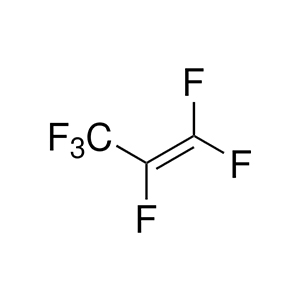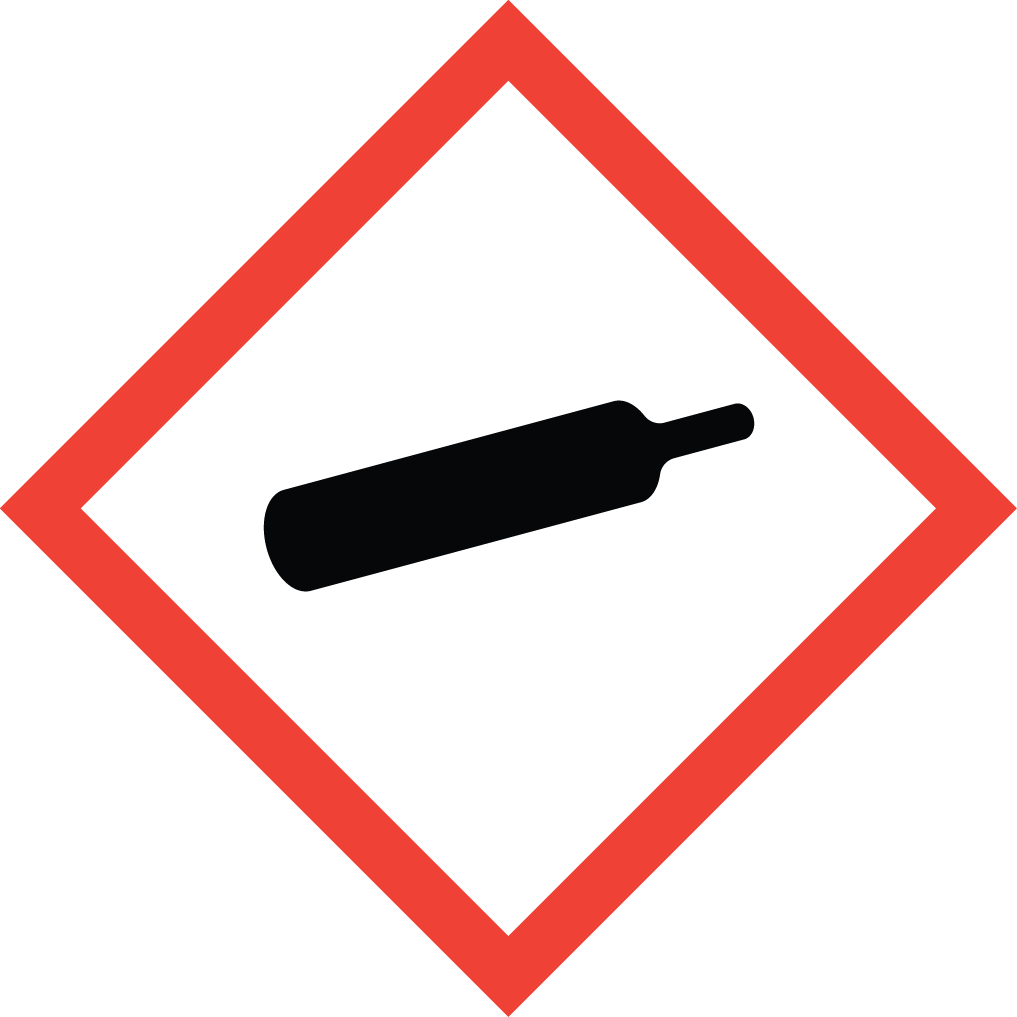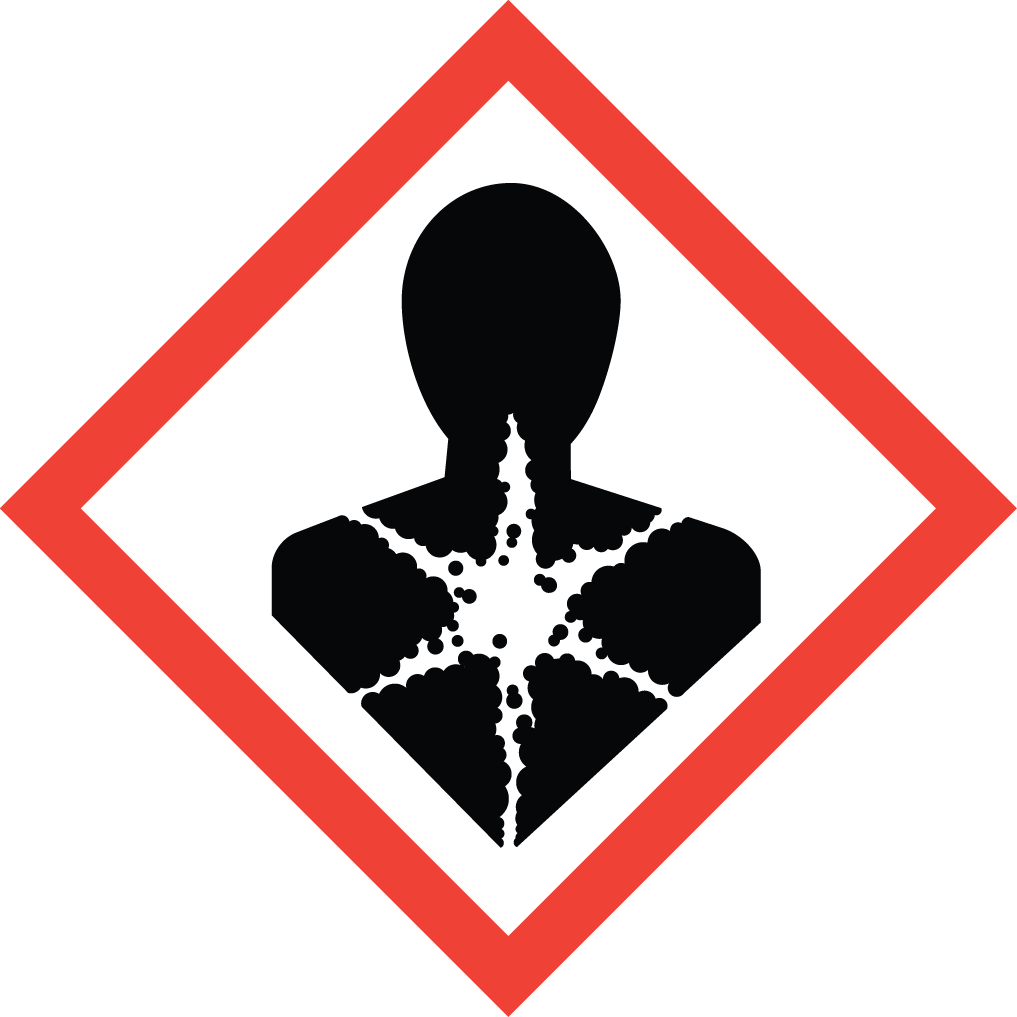Discover Aure Chemical's Premium Hexafluoropropylene (HFP) Supply
Aure Chemical is a leading global supplier of Hexafluoropropylene (HFP), also known as Hexafluoropropene or Perfluoropropene. This essential fluorinated alkene is a critical building block for high-performance fluoropolymers and a key intermediate in the synthesis of advanced specialty chemicals. We are committed to delivering high-purity HFP with consistent quality and a reliable supply chain.
Basic Information of Hexafluoropropylene
Hexafluoropropylene (CAS No. 116-15-4) is a colorless, non-flammable gas at room temperature, which can be liquefied under pressure. Its unique molecular structure, containing six fluorine atoms and a double bond, imparts exceptional thermal, chemical, and electrical stability to the materials derived from it, making it indispensable for demanding applications.
| CAS No.: | 116-15-4 |
|---|
| EC No.: | 204-127-4 |
|---|
| Linear Formula: | C₃F₆ |
|---|
| Molecular Weight: | 150.02 |
|---|
| Appearance: | colorless, non-flammable gas |
|---|
| Melting Point: | −153 °C(lit.) |
|---|
| Boiling point | −28 °C(lit.) |
|---|
| Density: | 1,583 g/cm3 |
|---|
| RIDADR: | UN 1858 2.2 |
|---|
| Chemical Structure: |  |
|---|
Key Applications of Hexafluoropropylene (HFP)
HFP's unique properties make it an invaluable monomer and intermediate across various high-tech industries:
Fluoropolymer Production (Copolymers): The primary application. HFP is a key comonomer with tetrafluoroethylene (TFE) to produce:
Fluorocarbon Elastomers (FKM): High-performance synthetic rubbers with excellent resistance to heat, chemicals, oils, and fuels, used in automotive, aerospace, and chemical processing industries.
Perfluoroalkoxy Alkanes (PFA): A melt-processible fluoropolymer with superior chemical resistance and high-temperature performance, used in linings, tubing, and wire insulation.
Fluorinated Ethylene Propylene (FEP): Another melt-processible fluoropolymer known for its excellent chemical resistance, non-stick properties, and optical clarity, used in wiring, tubing, and non-stick coatings.
Fluorinated Intermediate: Serves as a versatile building block for the synthesis of various fluorinated specialty chemicals, including fluorinated oils, lubricants, surfactants, and fire extinguishants.
Refrigerant Precursor: Used in the production of certain hydrofluorocarbon (HFC) and hydrofluoroolefin (HFO) refrigerants.
Aure Chemical: Your Reliable HFP Partner
Partnering with Aure Chemical for your Hexafluoropropylene supply means benefiting from:
Uncompromising Quality & Purity: We ensure ultra-high purity and consistent specifications essential for your high-value applications.
Robust Global Logistics: Our extensive network guarantees efficient and secure supply in bulk of HFP to your facilities worldwide, in full compliance with international dangerous goods regulations for compressed/liquefied gases.
Commitment to Safety & Compliance: We adhere to the highest safety standards for the handling, storage, and transportation of this pressurized gas, providing complete Safety Data Sheets (SDS) and necessary dangerous goods documentation.
Dedicated Customer Support: Our knowledgeable team is always available to provide technical insights and assist with your ordering and logistical requirements.
Strategic Partnerships: We aim to build long-term relationships, providing a consistent and optimized supply to meet your continuous production needs.
Hazards Classification
GHS Classification: Gas Under Pressure (GHS04), Health Hazard (GHS08)
Hazard Statements: Contains gas under pressure; may explode if heated; may cause damage to organs through prolonged or repeated exposure; may displace oxygen and cause rapid suffocation.
UN Number: UN 2191
Hazard Class: 2.1 (Flammable Gas)
Packing Group: Not applicable
 GHS04: Gas under pressure
GHS04: Gas under pressure GHS08: Health hazard
GHS08: Health hazard

